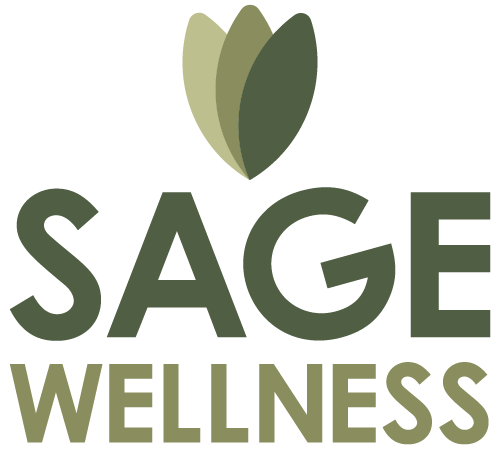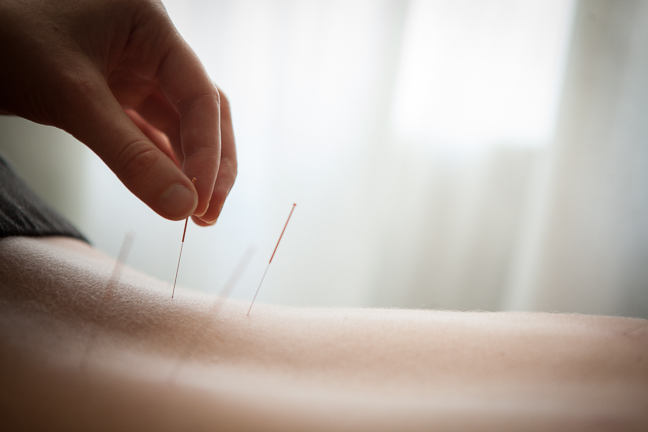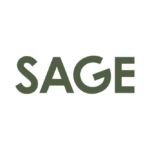Acupuncture has been around for nearly 2500 years, but has only really gained ground in North America since the 1970’s.
It’s an interesting story how that happened. In 1972, President Richard Nixon visited China diplomatically. He was travelling with New York Times reporter James Reston, who received acupuncture in China after undergoing an emergency appendectomy. He was so impressed with the post-operative pain relief the procedure provided that he wrote about it when he returned to the United States. You can find the original article in the NYT here. It’s funny to think that an American reporter, and the care he received post emergency surgery, is what introduced the treatment to the West, but that’s in fact what happened.
In Eastern medicinal views, acupuncture is based on the theory that energy, called chi, flows through and around your body along pathways called meridians. You may have heard of the term “chi” before. Martial artist Bruce Lee spoke about it at length. There’s also Tai Chi, a martial art that’s been widely practiced for thousands of years in Asia. Our “chi”, or naturally flowing energy, is the central underlying principle in traditional Chinese medicine. When that chi is disrupted or impeded, an imbalance occurs in the body, which in turn manifests symptoms of illness. Acupuncture unblocks the flow of chi, and re-calibrates the body. In Western medicinal views, that balance is referred to as homeostasis or simply put, the body’s ability to regulate its environment.
Approximately 2,000 different acupuncture points lie along the body’s meridians. Acupuncture involves placing hair-thin needles into these varying points. Stimulating these points trigger the central nervous system (the brain and spinal cord) to release neurotransmitters and hormones, which dull pain, boost the immune system, improve blood flow, and regulate various body functions. As you can see, there’s a few differences in cultural and scientific perception of the treatment at play, but the benefits of acupuncture are undeniable. In an age where Western medicine has a tendency to prescribe prescription medicine for pain relief and the alleviation of symptoms, acupuncture represents a non toxic, non dependancy approach.
In 1997, the National Institutes of Health (NIH) published an Acupuncture NIH Consensus Statement, which noted that acupuncture is an effective treatment for pain and an assistive treatment for addiction, carpal tunnel syndrome, and other conditions. A 12-member panel representing the fields of acupuncture, pain, psychology, psychiatry, physical medicine and rehabilitation, in addition to other fields of medicine, developed their conclusions based upon the scientific evidence presented in an open forum as well as scientific literature.
The World Health Organization’s 2003, 87-page Acupuncture: Review and Analysis of Reports on Controlled Clinical Trials specifically listed 28 diseases, symptoms or conditions for which acupuncture has been proven through controlled trials to be an effective treatment. Almost 100 more conditions were reported by controlled trials to have some therapeutic benefits. In addition, The American Medical Association Journal of Internal Medicine (JAMA) concluded that acupuncture is effective for reducing chronic pain with few side effects.
Interested in trying acupuncture? Book an appointment or contact us.




Recent Comments